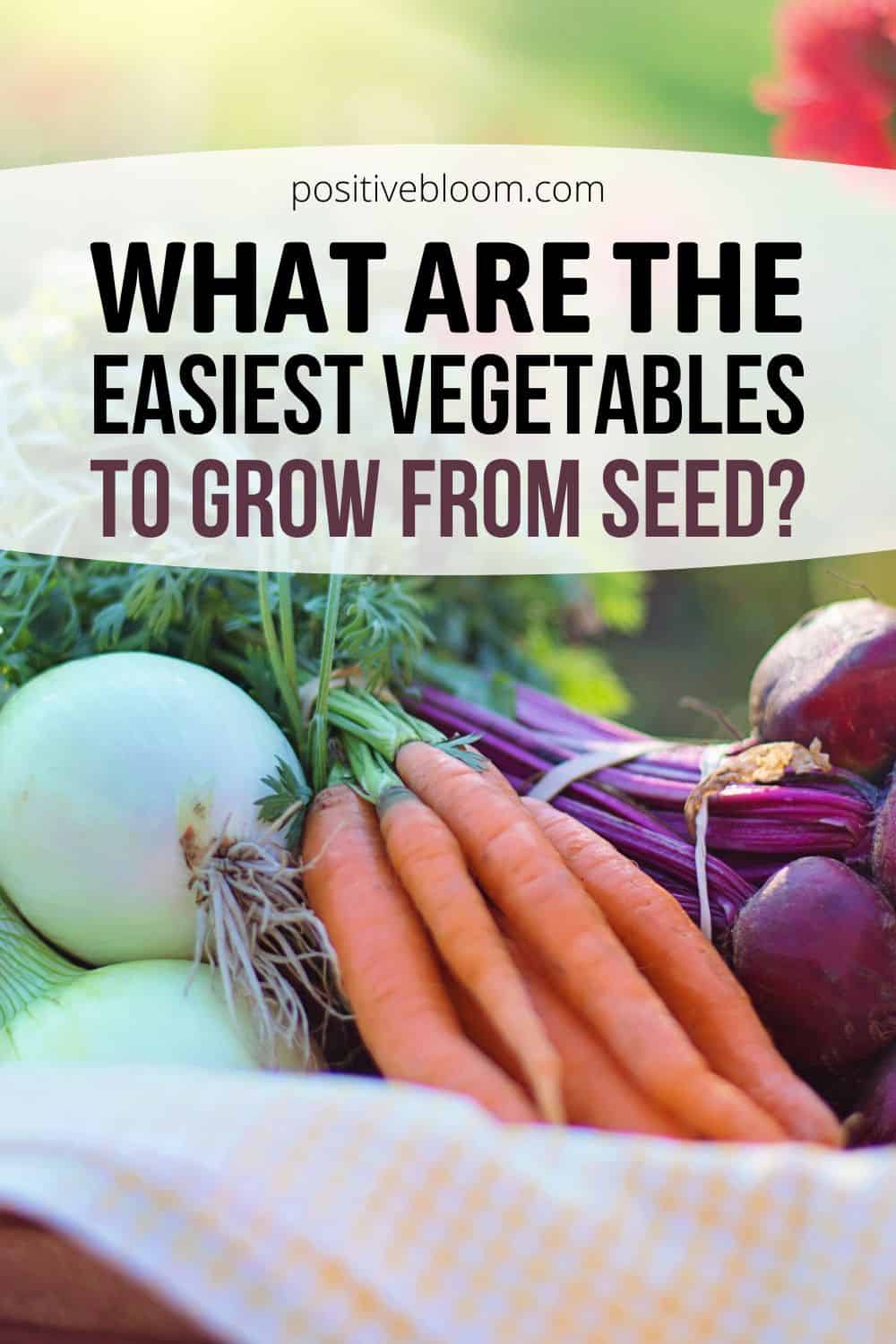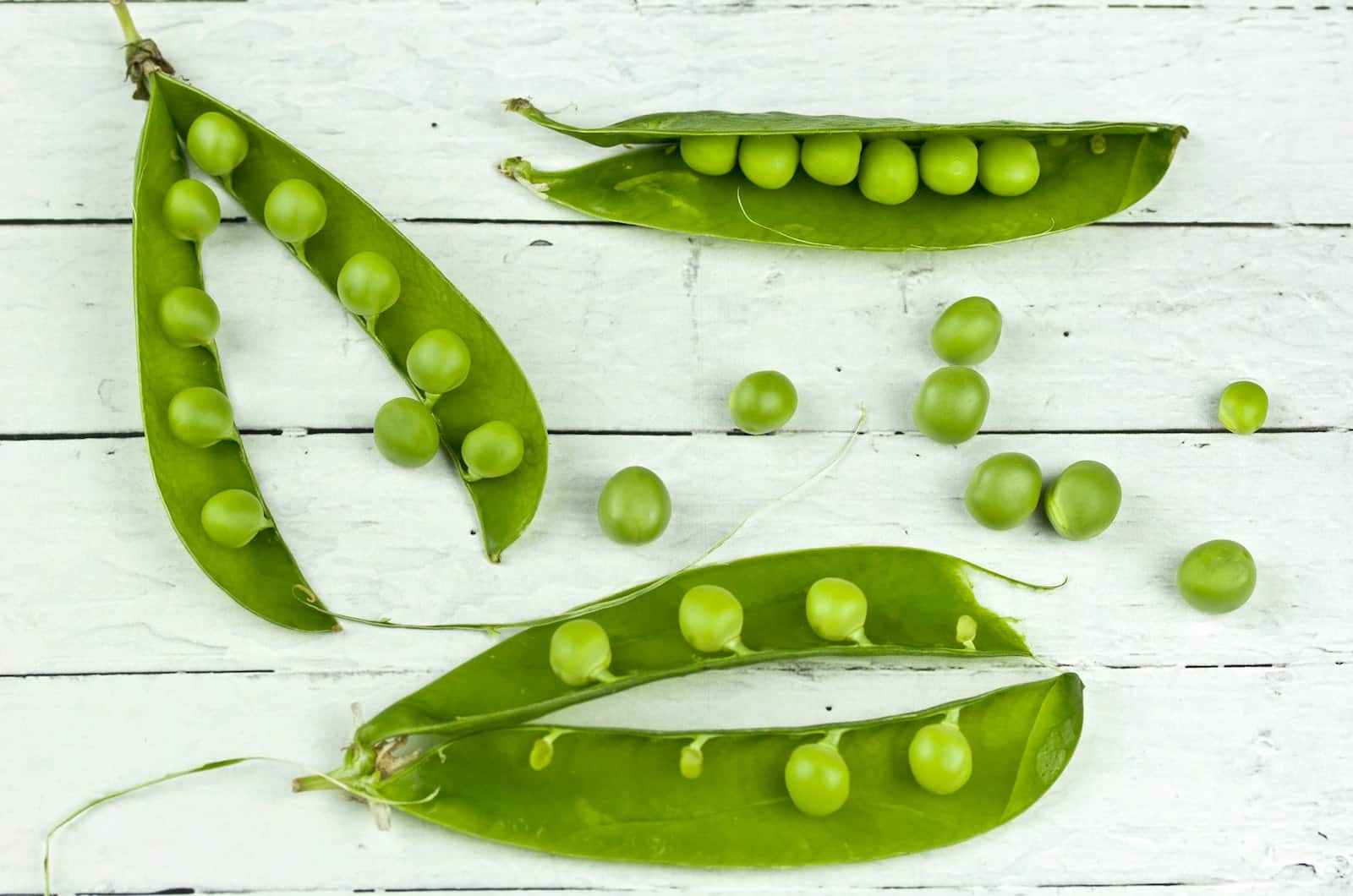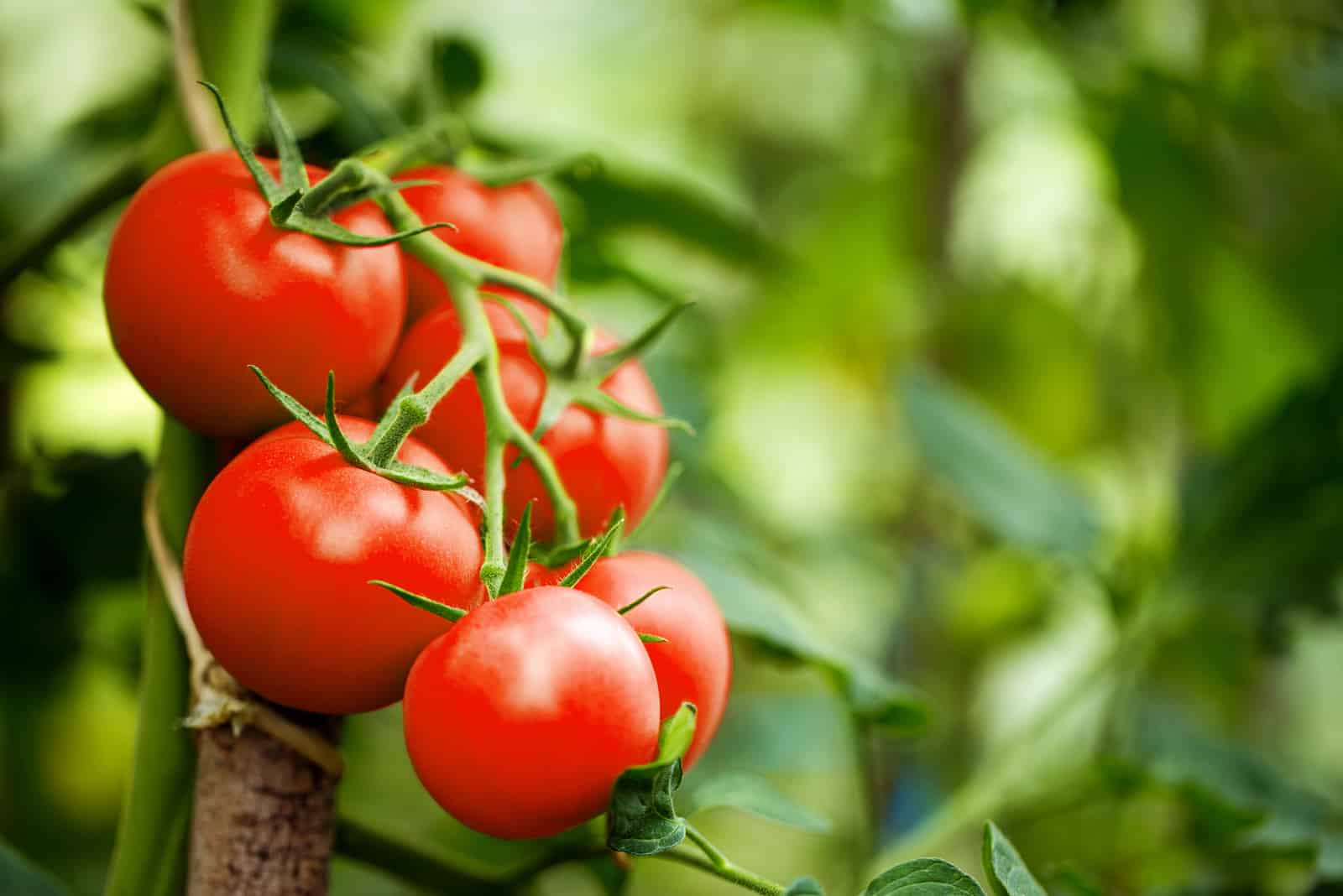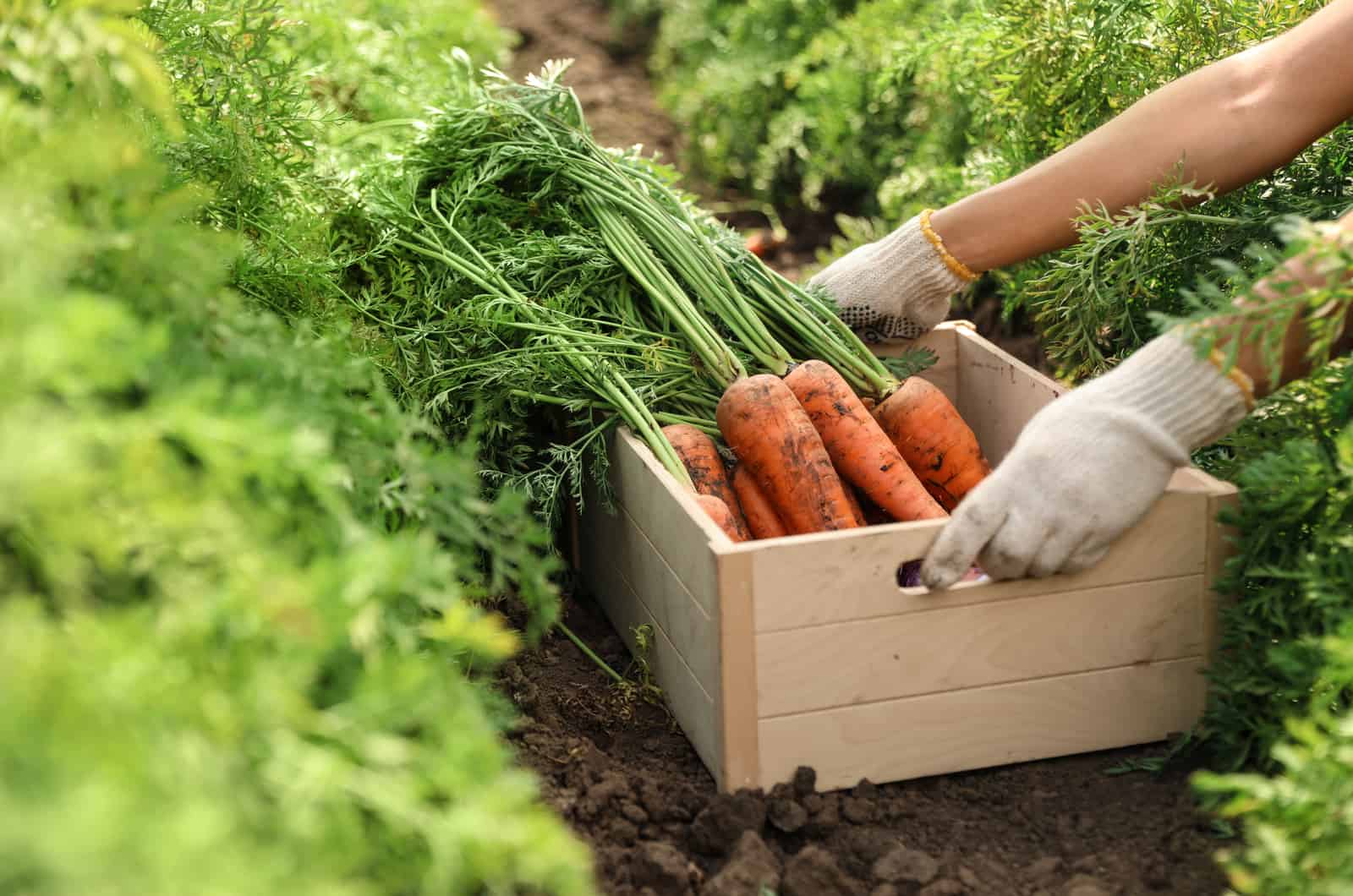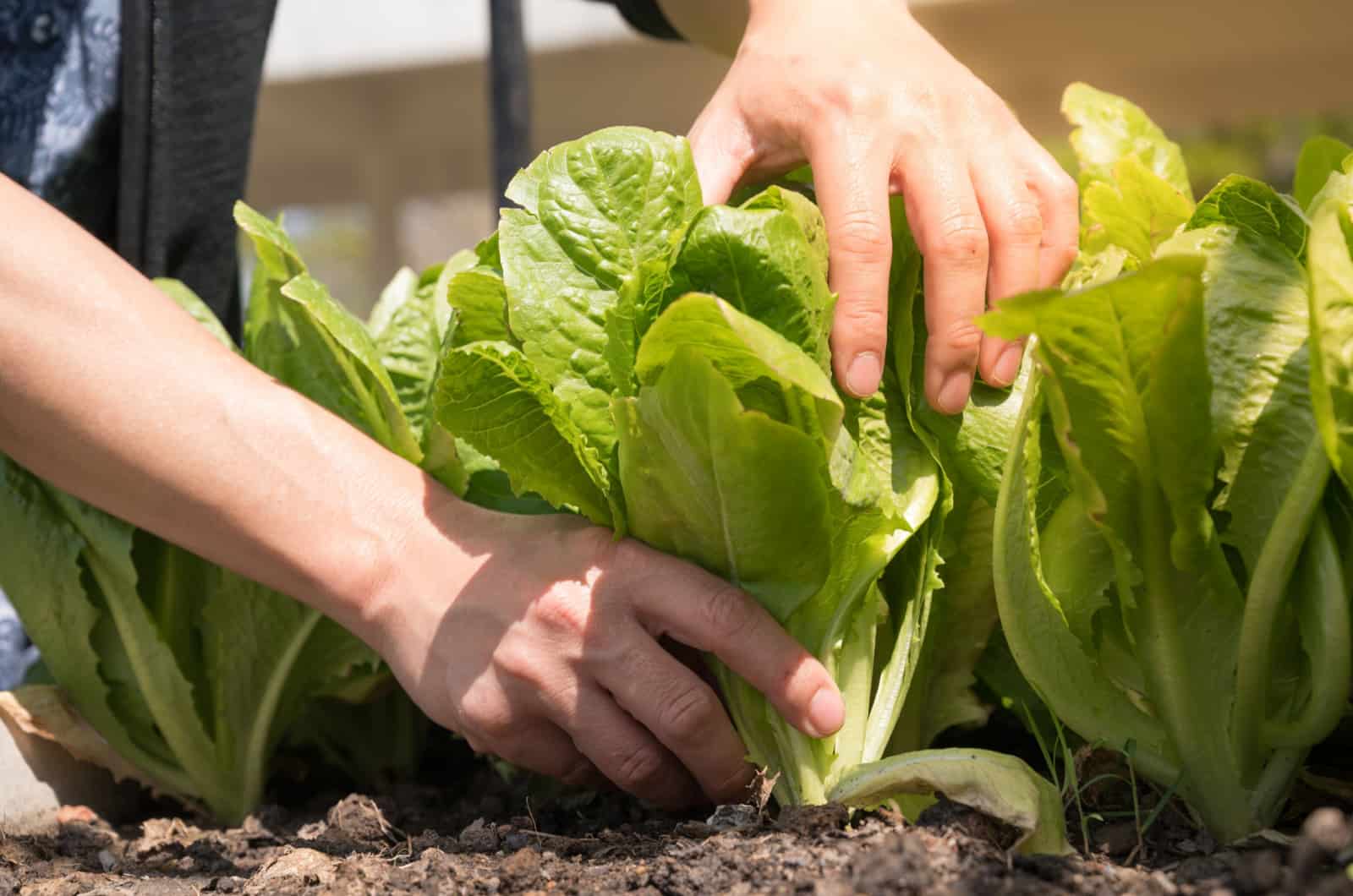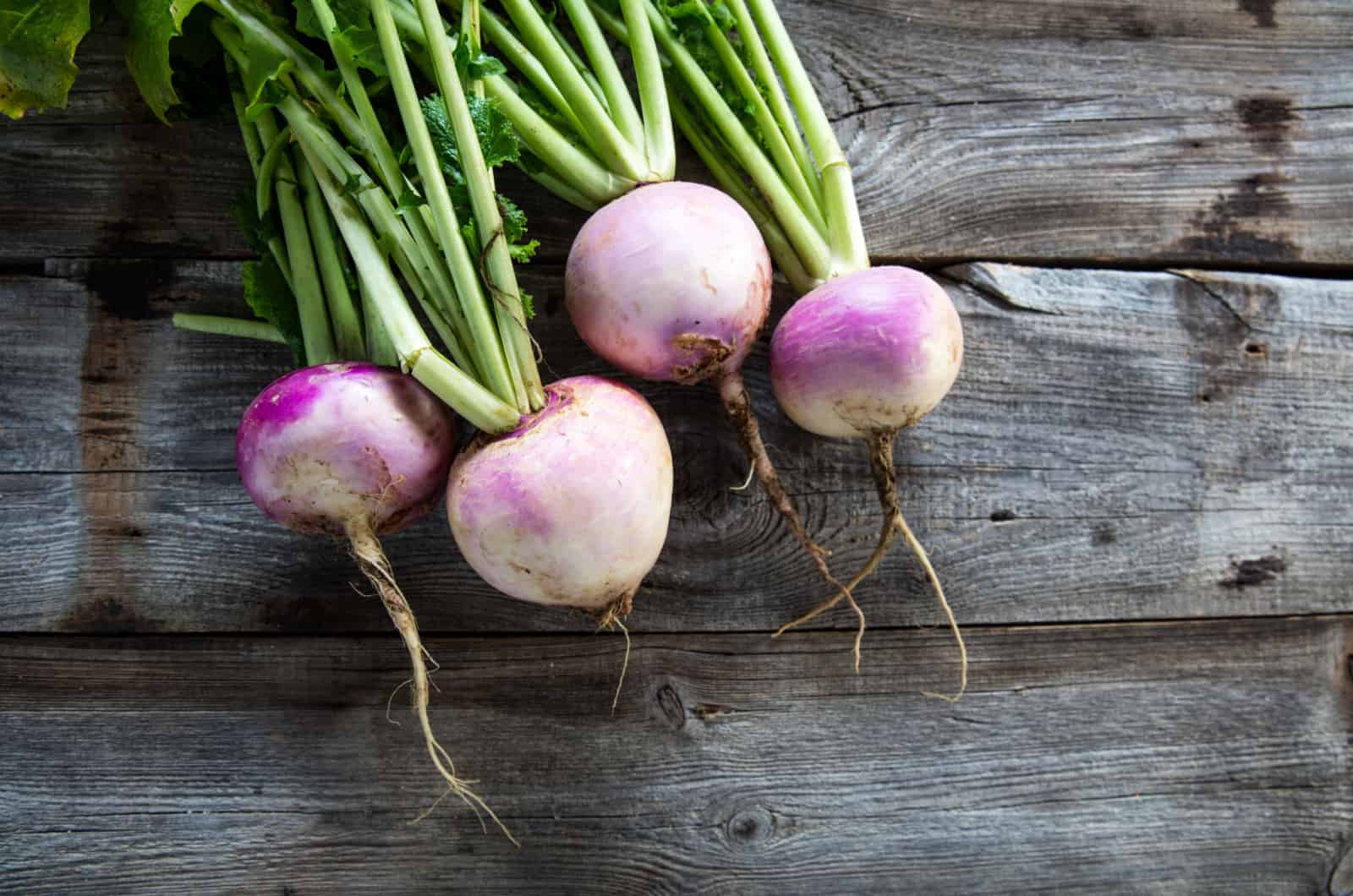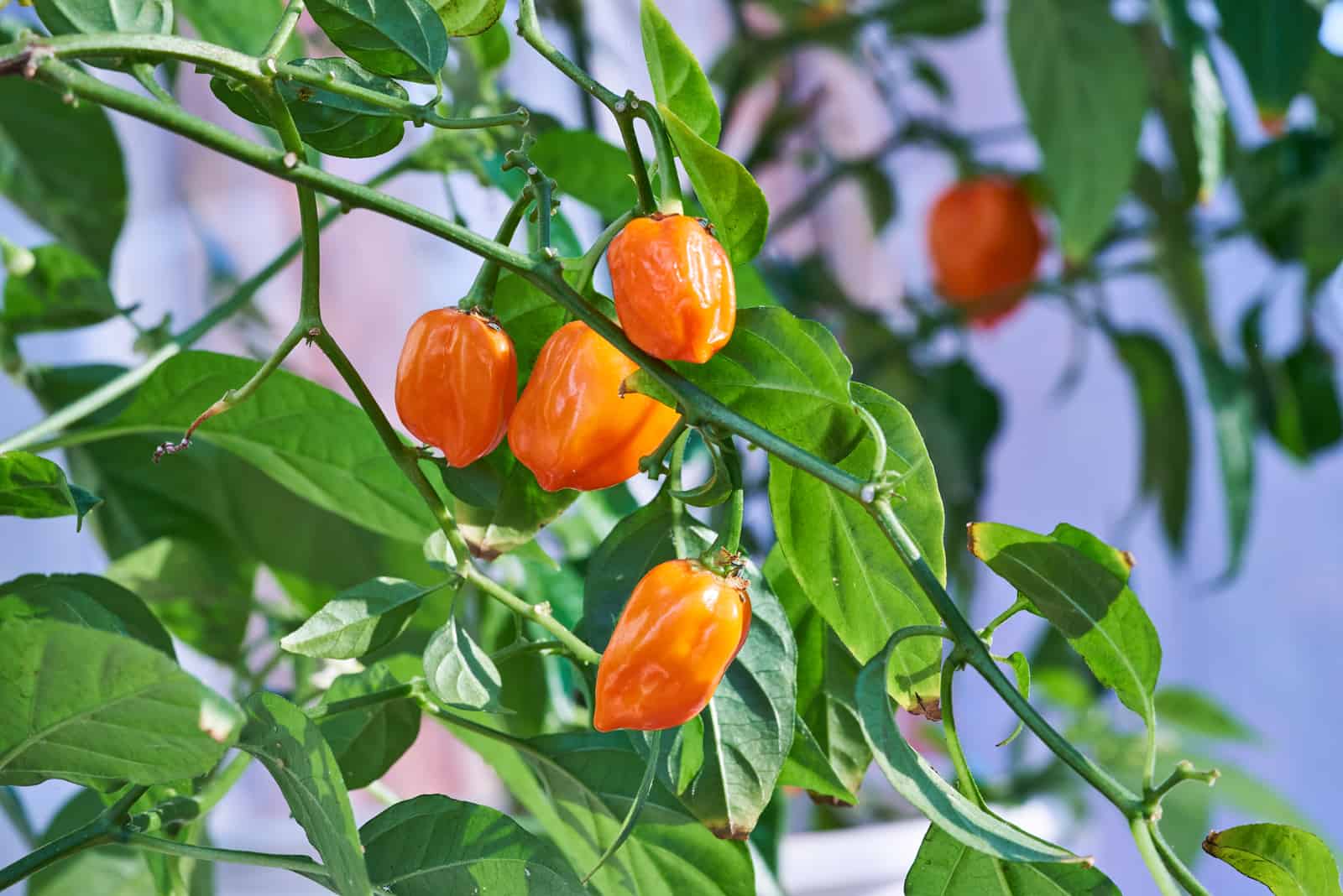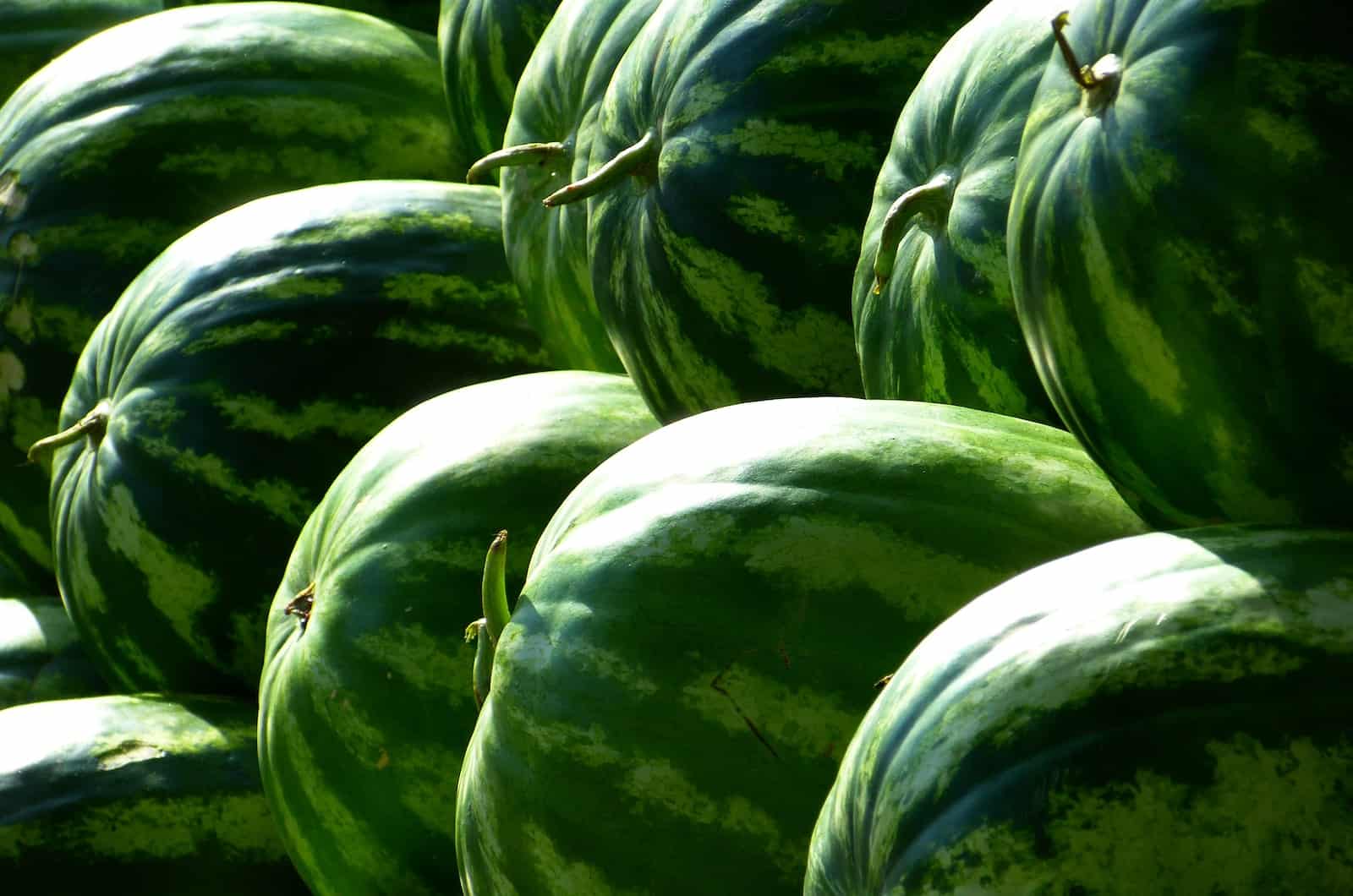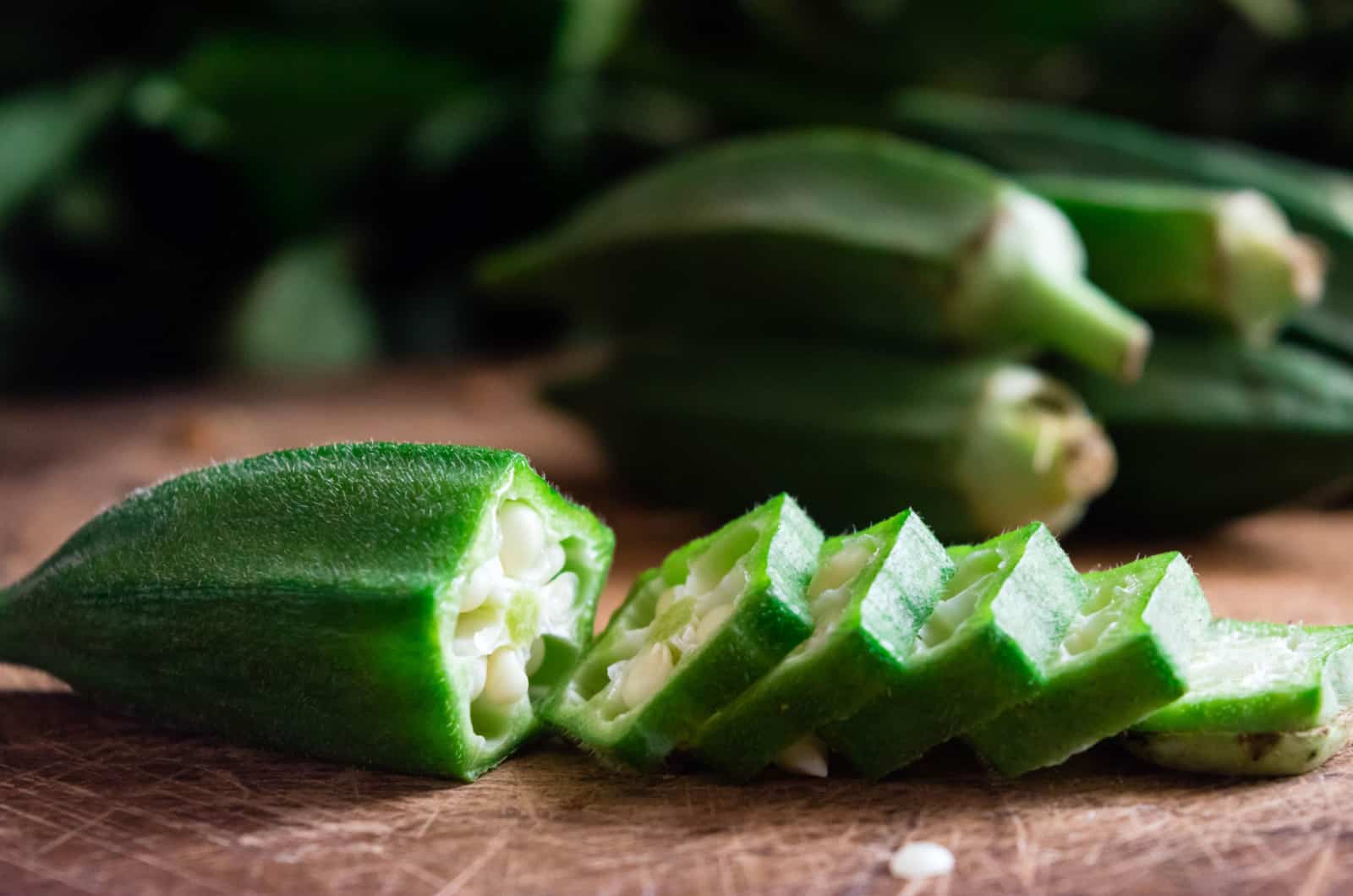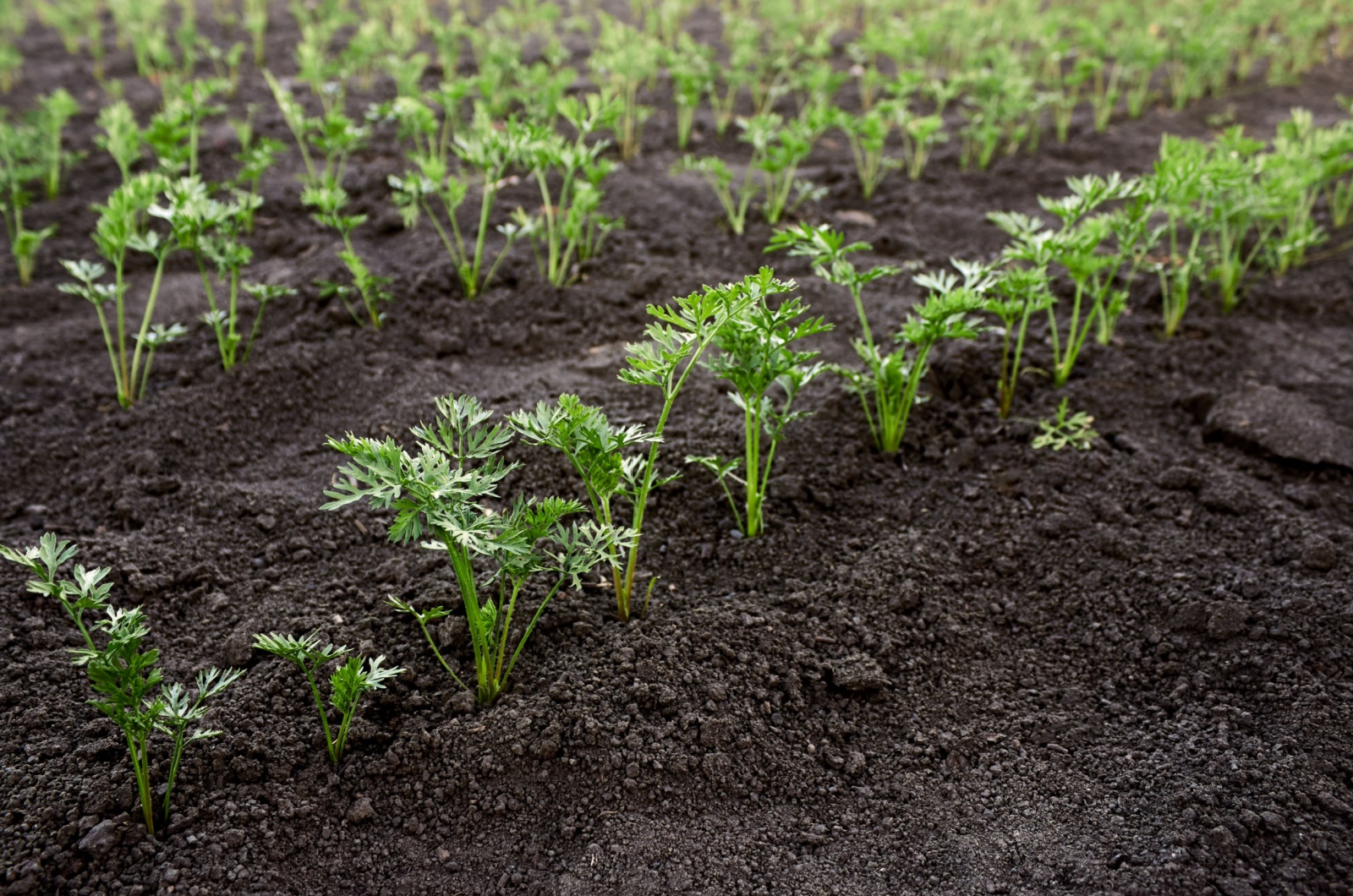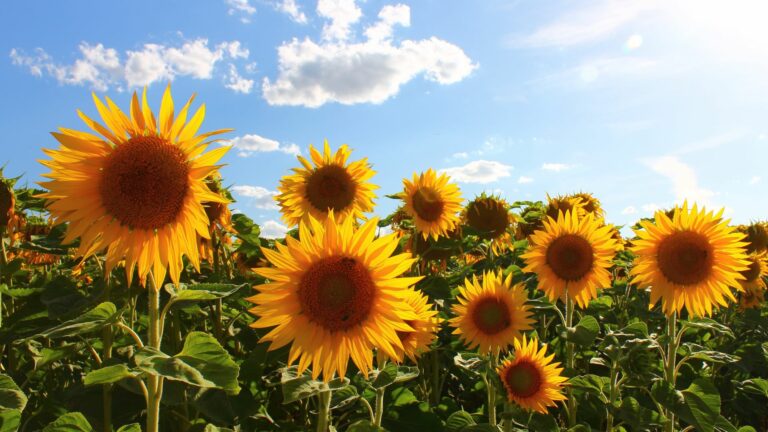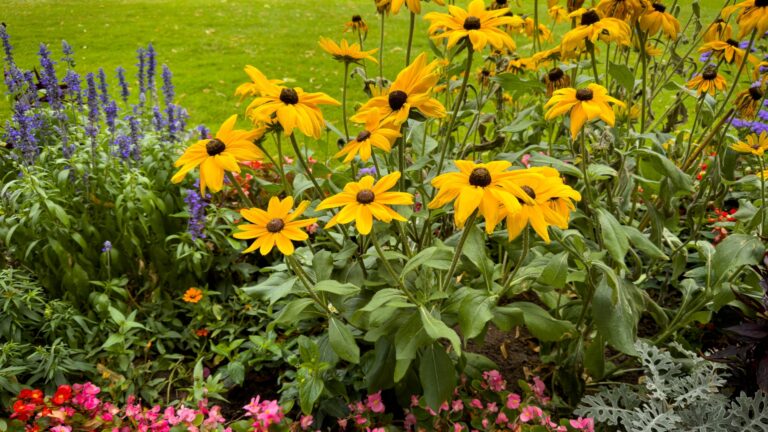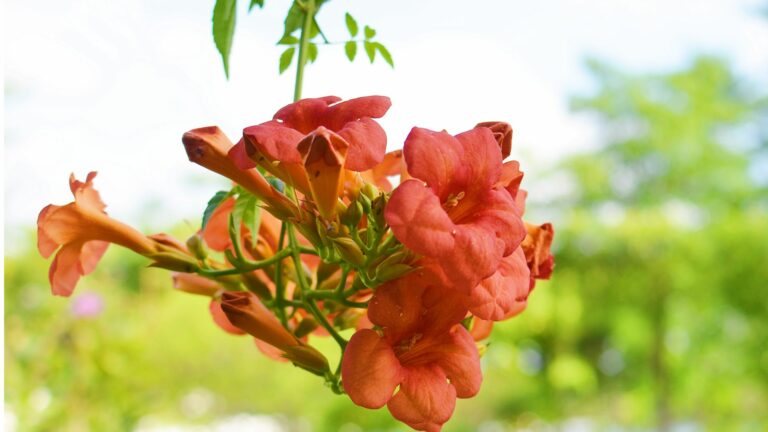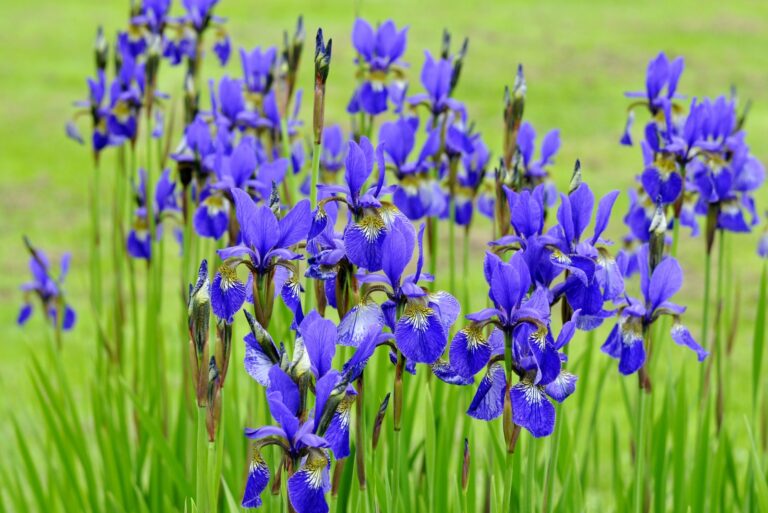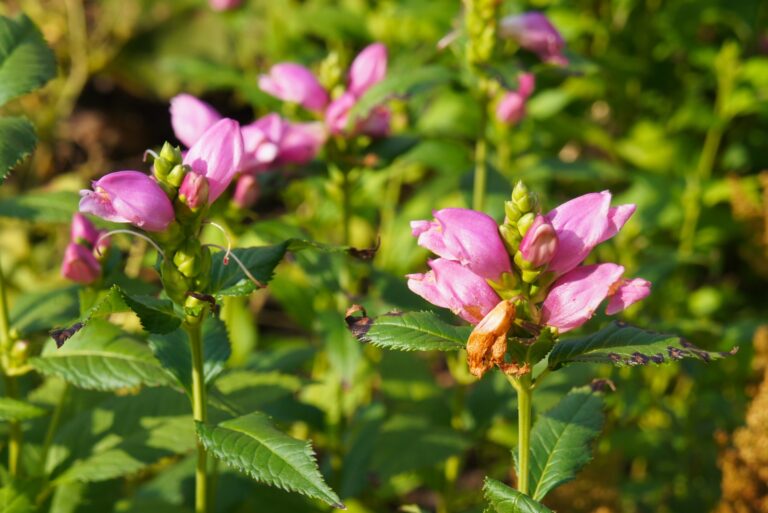What Are The Easiest Vegetables To Grow From Seed?
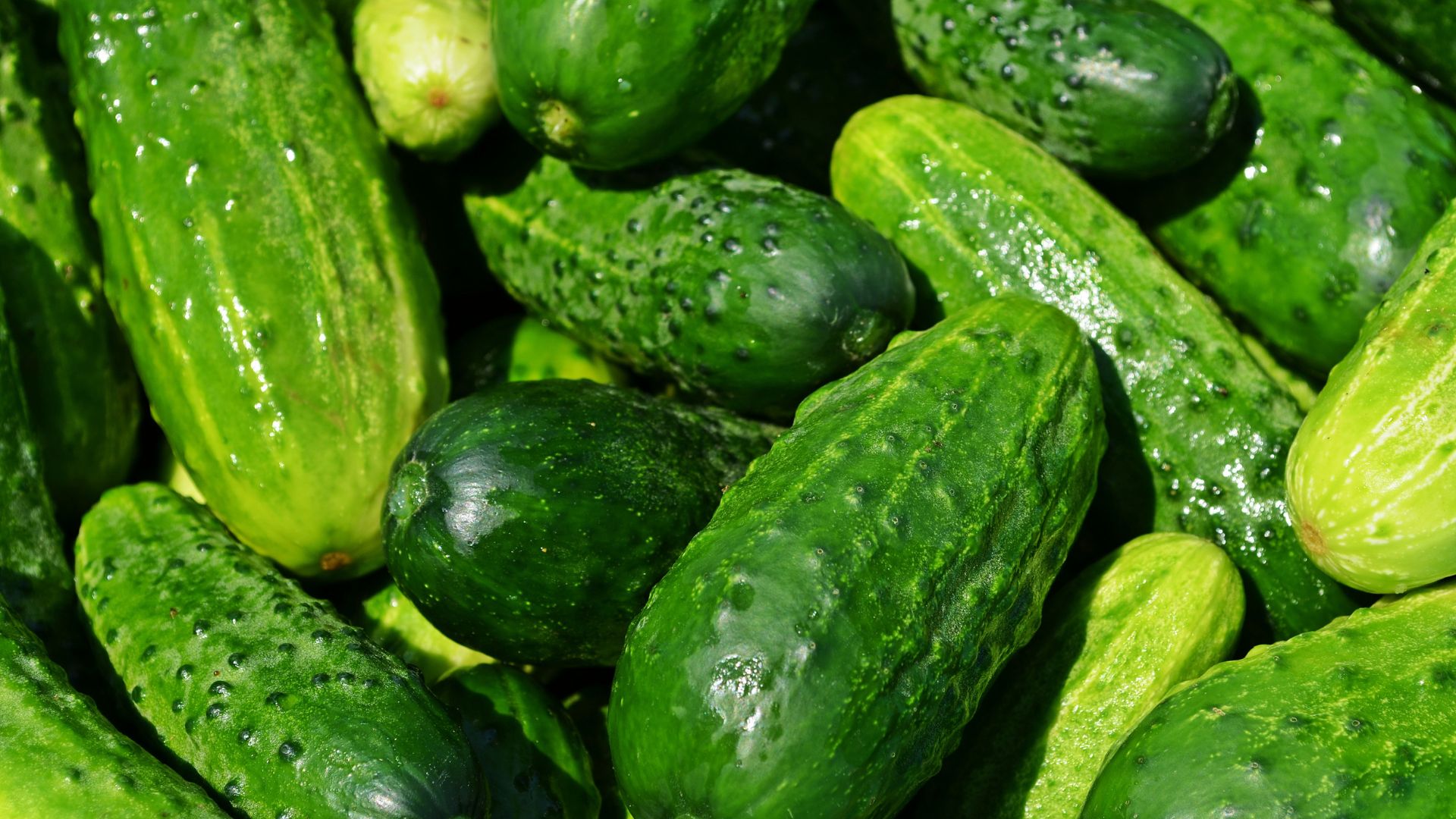
If you are at the beginning of your gardening journey, learning about the easiest vegetables to grow from seed is really helpful. Sure, you can always buy seedlings that you plant right in the soil, but there is nothing more satisfying than growing your own vegetables from seeds.
You will also save a couple of dollars because seeds are less expensive than seedlings.
The crucial step is seed germination. Once your little plant passes that stage, everything else will go smoothly. Though some plants need special requirements in order to grow from seeds, there are lots of veggies that can easily grow in various conditions.
I always advise beginner gardeners to begin with these veggies when they first start growing a vegetable garden, then gradually move to more complicated ones.
So, let’s see what the easiest vegetables to grow are!
Easiest Vegetables To Grow From Seed
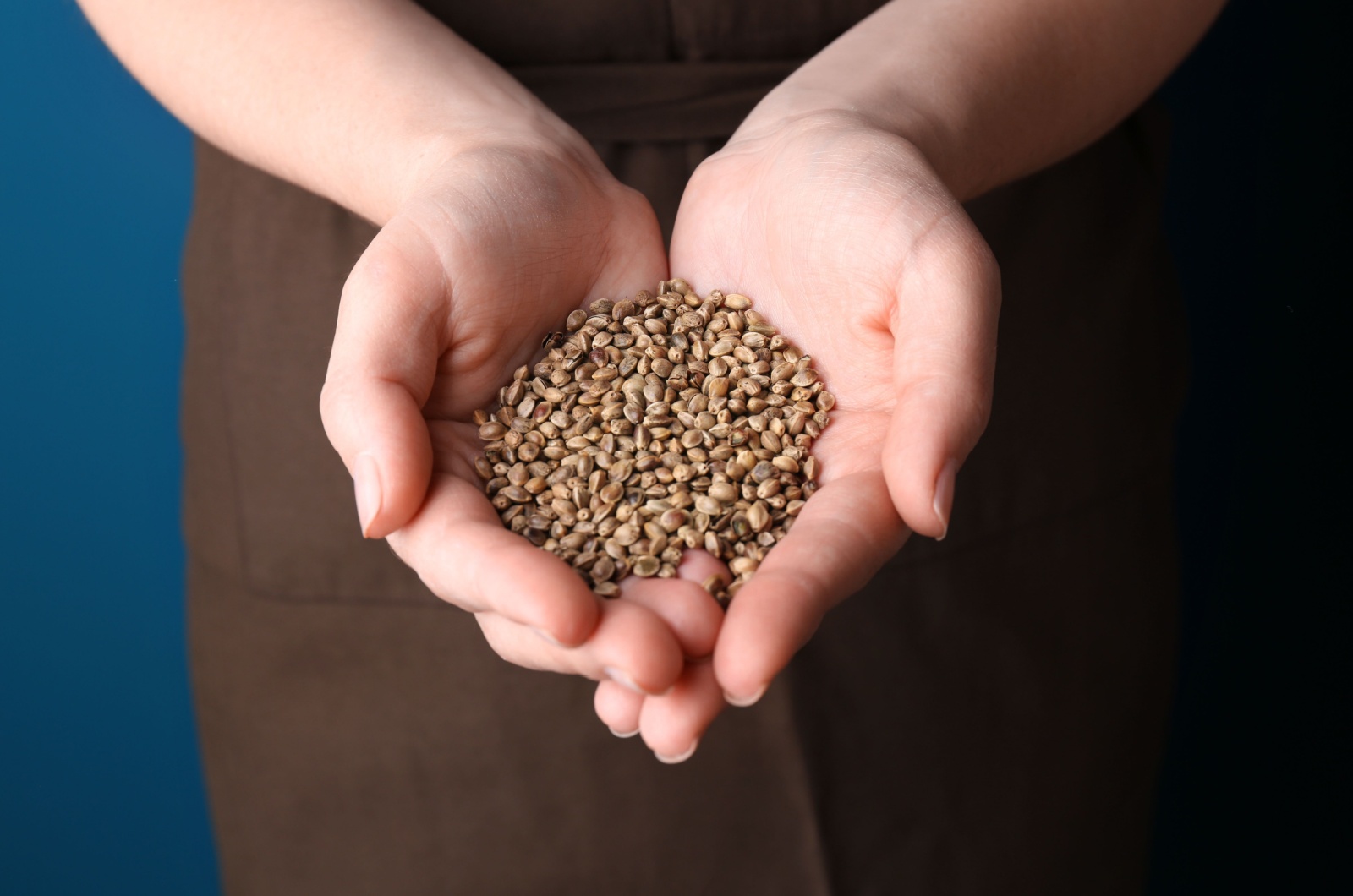
Buying seedlings and planting them in the garden is a common practice, and you will rarely see people growing vegetables from seeds when it comes to growing vegetables because of this.
Though it takes more time and energy, it is definitely worth it because you will be able to see little sprouts coming out of the soil once seed germination occurs. Trust me, you will start treating your plants like babies, and be so proud once they start growing.
Now, let’s look at a list of vegetables that are quite easy to grow, even from seeds!
1. Radishes
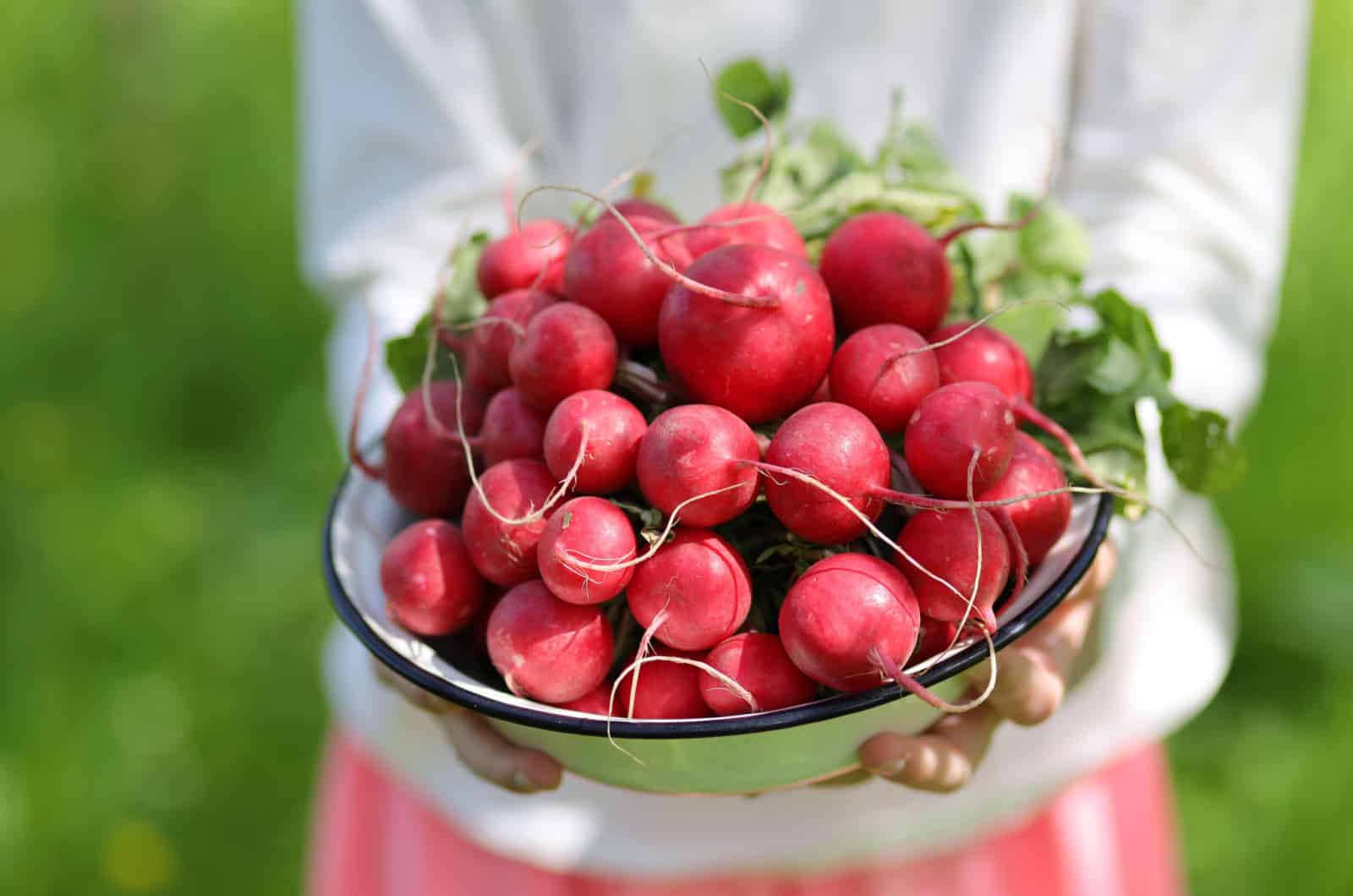
We will begin our list with one of the most delicious root vegetables – radishes!
They are relatively easy to grow, especially in the early spring. This is because they are frost-hardy and can survive in cool weather. Radish plants, which are high in potassium and calcium, help lower blood sugar and reduce the risk of heart disease. If you want to avoid foods that are heavy in carbohydrates and sugar, these vegetables should be a regular part of your diet.
You can cook them, add them to salads, and use them as a garnish — the choice is yours!
How To Plant Radish Seeds
Because these are cool-season vegetables, you can simply plant their seeds early in the spring when you are preparing the soil for the upcoming growing season.
Sow them 1/2 an inch deep in the ground, then cover them with some loose soil. Plant them 1 inch apart, and the rows should be separated by about 12 inches.
These veggies are ready to be harvested after 24 days, which is why you can sow another round of seeds every 10 days. If you are growing vegetables in containers, please note that radishes and cucumbers go well together!
2. Zucchini (Summer Squash)
Zucchinis are typically the easiest crops to grow, making them a fantastic option for beginner gardeners. You can harvest zucchini less than three weeks after planting.
This is my favorite veggie, especially because of its numerous health benefits. For instance, it can improve eye health and regulate blood flow. It gives you so much energy because it has high folate content!
The zucchini is also useful in weight loss because it doesn’t contain many calories and has a lot of water.
How To Plant Zucchini Seeds
Warm-season crops like zucchini should be sown as soon as summer arrives. When planting zucchini, make sure you choose a spot where they receive lots of sunlight all day long. I advise fertilizing the ground before planting because these vegetables thrive in soil that is nutrient-rich.
The plants should be spaced around 36 inches apart from each other, and the seeds should be sown 1 inch deep in rows that are at least 18 inches apart.
3. Cucumbers
Cucumbers are warm weather crops, which is why they are often started indoors and then transplanted outdoors once the temperature has risen. However, these veggies are extremely sensitive to transplanting, which is why I wouldn’t recommend beginner gardeners to start seeds indoors.
Wait for the soil temperature to reach about 60 degrees Fahrenheit, and then plant the seeds.
These veggies are low in calories and they contain antioxidants that help fight free radicals in the body, which could potentially harm the cells and lead to diseases. They can also be used in treating sunburn and skin problems.
How To Plant Cucumber Seeds
As we mentioned, the soil temperature should be at least 60 degrees Fahrenheit. Note that these plants thrive in full sun and need frequent watering. The seeds should be sown an inch deep in the ground and separated by 18 to 36 inches.
Keep in mind that these plants aren’t frost-hardy, so you should provide them with some type of protection in case the temperature lowers significantly at night. Don’t let them grow too large either, or they might have a bitter taste!
4. Peas
Peas are incredibly simple to cultivate, however, they have a very short growing season. It’s crucial to plant them early enough in the springtime for them to mature while the temperature is still cool. In warmer areas, they can also be cultivated as a fall or winter crop. Enjoy the flavor of fresh peas because they can’t be stored long after harvest unless you freeze them.
They are rich in vitamins C and E, and also various antioxidants that help to strengthen our immune systems. The three most common types of peas include sweet peas, snow peas, and snap peas, though you can consider planting Black-eyed peas if you want to grow a gothic garden.
How To Plant Pea Seeds
Pea seeds are often planted two weeks before the last frost date, though this can vary based on the type of pea. The seeds are sown about one inch deep, and rows are separated by about 7 inches.
You should plant them in full sun and water them frequently. You should expect some peas about 60 days after planting the seeds.
5. Tomatoes
Tomato plants are one of the easiest plants to grow, especially in regions where they can get plenty of sunlight, which is why tomatoes are the best vegetables for growing in Arizona.
Maintaining temperatures between 70 and 75 degrees Fahrenheit is best because tomatoes grow well in warm climates. Compost is a great option for tomato plants because they need frequent fertilizing. You can also cover the soil with mulch to neutralize the compost.
Vitamins C and K are abundant in tomatoes, which reduce the risk of cancer and heart disease. As well as this, they are extremely delicious and you can make lots of meals, jams, juices, and sauces using tomatoes.
I often grow heirloom cherry tomatoes in my garden because they are fast-growing and you can enjoy their fruit throughout the entire growing season.
How To Plant Tomato Seeds
Plant seeds in a location where they will be able to get plenty of sun. These are not cold weather crops, so you will have to wait about two weeks after the last spring frost date has passed. Once the soil has warmed up, you can sow the seeds!
You can also start tomato seedlings indoors — this is usually done by sowing the seeds in containers a few weeks before the last frost date and then transplanting them once the temperature has risen.
To prevent tomato plants from being overwatered, water them every two days, and only if the soil is dry first.
6. Carrots
Carrots are another root vegetable that can tolerate frost. Though you are probably familiar with orange carrots, there are plenty of varieties that grow in other colors – can you imagine growing a purple or white carrot?
These veggies are packed with lots of minerals and nutrients that are super beneficial to our health. For instance, they can lower the risk of diabetes by regulating the blood sugar levels, and also improve bone strength because they contain high amounts of calcium.
They are easy to grow as long as they are planted in the right kind of garden soil. Carrots require loose and sandy soil that is free of rocks and roots, which might affect their growth. They will still grow in rocky soil, but they will be deformed (they’ll still be edible, though!).
How To Plant Carrot Seeds
You will have to prepare the soil first by getting rid of any elements that might affect their growth and development. Then, sow seeds about 1/4 inch deep and cover them with soil lightly.
Even though you could start the seeds indoors and then transplant the seedlings, they will often end up malformed, which is why you should always direct sow seeds to the soil.
The best time to plant carrot seeds would be three weeks before the last frost.
7. Green Beans
These healthy vegetables are delicious and packed with nutrients that are very good for our bodies, including iron, potassium, magnesium, fiber, and vitamins A, K, and C. Okra and snap peas are nutritionally comparable to green beans.
These beans are high in nutrients and a member of the Legume family, which is well known for its capacity to fix nitrogen. The amount of nitrogen in the soil is not as high as it is in the air.
Green beans are frequently cultivated in containers with other vegetables because it is a component required for the creation of fruit. These vegetables transform the nitrogen from the air so that plants can use it for growth and development.
Yarrow is a great companion plant to beans because it can encourage their growth and development, as well as improve their flavor. This is why they should be planted close together.
How To Plant Beans Seeds
Green beans are great because they can thrive in either clay or sandy soil. They typically like pH levels that are more neutral to acidic, and you can also add a little fertilizer to speed up their growth.
The bean seeds should be planted firmly in the ground 9 to 12 inches apart. Create a 1-inch-deep hole, add the seed, and then carefully cover it with soil. Water the seeds frequently for 3–4 days to speed up the germination process. To support their growth, keep watering your plants once every two to three days.
Either bush beans or pole beans can be grown, it’s up to you. Please note that bush varieties don’t require a trellis or any other type of support.
8. Swiss Chard
Swiss chard is a tasty vegetable that is easy to grow. Vitamins A and K, which are beneficial for the health of your kidneys, heart, and lungs, are abundant in Swiss chard.
These herbs are fantastic for boosting the immune system, vision, and fertility. They also include a lot of vitamin C, which enhances bone and tooth health and aids the body in absorbing iron.
The varieties of swiss chard most often grown include Fordhook Giant, Bright Lights, and Barese.
Swiss chard definitely deserves a place on the list of the easiest vegetables to grow, especially in greenhouses!
How To Plant Swiss Chard Seeds
It is relatively easy to grow this leafy green plant. And you can use it to make lots of salads and meals! Although this is a cold-weather crop, it can tolerate high temperatures relatively well.
Vegetable seeds should be sown about half an inch deep in the ground and covered lightly with soil. The rows should be separated by at least 15 inches.
Make sure to find a sunny spot for your Swiss chard plant, and also apply fertilizer because it loves soil rich in nutrients!
9. Lettuce
Lettuce is another delicious vegetable that can be used to make salads. Leaf lettuce can grow quickly and produce for a long period of time, just as long as you give it enough water.
If you are practicing container gardening, then lettuce is the perfect veggie for you. They can be grown in raised garden beds, small pots, and containers on a balcony or indoors.
Lettuce contains vitamin K, which can strengthen the bones, vitamin A, which can improve vision, along with potassium, zinc, and antioxidants that can help prevent diseases.
How To Plant Lettuce Seeds
This is a vegetable that can be grown the whole year round, though it should be kept in partial shade during hot summer days.
If this is your first time planting lettuce seeds, please note that they shouldn’t be sown too deeply because they need light to germinate. Sow them between 1/8 to 1/4 of an inch deep.
Seeds can be disseminated for wide-row planting or sown in single rows (if you are growing loose-leaf varieties). For the right spacing, thin one to two-inch tall seedlings before disseminating.
Keep in mind that leaf lettuces can be harvested numerous times from the same plant by simply snipping off what you need each time as they grow.
10. Beets
This root crop is called Beta vulgaris, commonly known as the beet.
These vegetables have intense red and purple roots, and are often utilized in the food and cosmetic industries. Due to its high vitamin and nutrient content, beet juice is one of the healthiest drinks.
When it comes to health benefits, vitamin B9 (folate) is abundant in beets, which supports cell growth and function. Folate is essential for preventing blood vessel damage and lowers the risk of heart disease and stroke.
How To Plant Beet Seeds
Homegrown beets are simply the best!
They are relatively easy to grow from seeds because they are cold-tolerant and have no trouble growing outdoors. Beet seeds should be sown about half an inch deep and separated by one or two inches.
If you are growing them in multiple rows, please note that they should be separated by 12 to 18 inches. Before planting, make sure there are no rocks or sticks because beets need sandy, well-draining soil.
To increase the nutrient content if you are growing them in clay soil, you should add some compost. Giving them water once a week should be plenty to keep them happy and healthy.
Seven to eight weeks after sowing, they should be ready for harvest.
11. Turnips
If you want to cultivate cool-weather veggies in your yard, turnips are a great option. The fact that the roots and greens of this fast growing plant are both tasty makes it much more appealing.
Turnips include glucosinolates, which help in the prevention of all malignancies. These plants will also keep your eyes and bones healthy because of the high calcium content.
The Baby Bunch, Scarlet Queen, and Purple-Top White Globe turnips are the most commonly grown.
How To Plant Turnips
Turnips should not be transplanted. Instead, they should be sown directly in the ground or a raised garden bed. Directly sow seeds in rows 12 to 18 inches apart, 1/4 to 1/2 an inch deep, and spaced 1 inch apart. Turnip seed can also be dispersed then thinned afterward. Sown seeds should be covered with 1/2 an inch of soil.
Because turnips are prone to weeds, weed development should be actively controlled. I advise putting mulch around the plant for this.
As the soil should always stay moist, water it an inch every week. If you stick to this watering schedule, a bitter taste can be prevented.
12. Peppers
Peppers are also one of the easiest vegetables to grow from seeds. There are lots of different types of peppers that vary based primarily on their spiciness. If we take a look at the Scoville rating, we can see that the Red Savina pepper is the hottest of them all!
If you like spicy food, be sure to plant this pepper variety. On the other hand, bell peppers are one of the least spicy peppers out there, so if you don’t want to feel like your entire insides are burning, choose this variety.
Peppers are packed with vitamins A and C, and also with potassium, fiber, and folic acid. The spicy ones also contain Capsaicin, which is the chemical that makes them spicy (it’s also super beneficial to our health!).
How To Plant Pepper Seeds
These plants thrive in warm climates, so their seeds should be planted in warm soil. You could start the seeds indoors and then transplant the seedlings outdoors once the soil has warmed up.
You can simply spread the seeds and then cover them with soil.
For ideal germination, keep the temperature between 65 and 70 degrees Fahrenheit. To achieve the best results, I advise adding compost to the soil.
Peppers need loamy, well-draining soil. These plants don’t need much water in the beginning stages of root development because the roots will look for moisture deep in the soil to promote growth.
Read also: The Chilli Plant Growing Stages: All You Need To Know
13. Pumpkins
One of the most well-known vegetables is the pumpkin, especially because of Jack o’lanterns around Halloween!
Pumpkins are used for more than simply decoration; they contain minerals, vitamins, and antioxidants that can improve our immune system, protect against cancer, and promote skin health.
They can be added to anything that comes to mind, including soups, bread, stews, salads, cakes, jams, and pies.
How To Plant Pumpkin Seeds
Planting the seeds is the first pumpkin growing stage. As pumpkins have a long growing season, which lasts from around 75 to 100 days, they are often planted in late May or early June.
You should start your plant indoors at least three weeks before the last frost if you reside in a colder area where the growing season for pumpkins is shorter. You can put seeds directly into the ground if you reside in a place with a hot climate and a long growing season.
You should prepare the garden soil by adding fertilizers before planting the seeds, because your pumpkin patch will really appreciate well-draining and nutrient-rich soil. If you are putting the seeds straight into the ground, space them at least five feet apart and one inch deep.
14. Melons
Melons represent any plant from the Cucurbit family, which includes watermelons, cucumbers, cantaloupe, and pumpkins.
Whichever veggie or fruit you decide to grow in your vegetable garden, please note that they have very similar plant care, which also includes the planting strategy as well. Anything above 65 degrees Fahrenheit will be suitable for melons because they prefer higher temperatures.
Growing these plants in a greenhouse is an excellent option because they do well in direct sunlight.
They will grow well as long as you maintain the soil’s moisture levels and give it a potassium and phosphorus-rich fertilizer.
How To Plant Melon Seeds
These plants prefer warmer climates, so you could start the seeds indoors to extend the growing season. The seeds are usually planted 4 to 6 weeks before the last frost date. I would suggest you plant them in plantable pots because they have delicate roots that can be easily damaged when transplanting.
Choose a sunny spot in your garden, give them some fertilizer, and enjoy growing your own food!
15. Butternut
Butternut is a winter squash that is actually grown in the summer!
They have delicious orange flesh and a tough exterior membrane that lets you store it for several months. They are highly nutritious, and they contain potassium, fiber, and vitamin A, which improve digestion, promote healthy hair and skin, and regulate blood pressure.
Even though butternut is not my favorite veggie, there are loads of great recipes available for this type of squash, so you should go check them out if you are considering growing it!
How To Plant Butternut Seeds
Although they are referred to as winter squash, these veggies are not frost-hardy and can easily suffer from cold damage. This is why you should wait for the soil to warm up to at least 60 degrees Fahrenheit before planting the seeds.
Create a hill out of your garden soil that is about 18 inches high to help the soil warm up around the roots and seeds. Due to the significant nutrient requirements of butternut squash plants, your soil should be properly modified and treated, including adding fertilizer before planting.
You should sow five or six seeds per hill, and they should be sown one inch deep and approximately 4 inches apart. The soil should be moist but not soggy. You can expect to see little sprouts after about 10 days.
16. Okra
The best vegetables to grow in gardens are unquestionably okras! They are also known as ladyfingers and are native to the southern US.
Okras are delicious, easy to cultivate, and have beautiful blossoms that make them look very lovely. Additionally, they can tolerate hot summers and are resistant to the majority of pests.
The Louisiana Green Velvet, Cow Horn, Emerald, and Go Big are among the most well-liked varieties.
Okras promote heart health and aid in the elimination of cancerous cells. They might also improve vision and protect against liver disease.
Okras are also rich in calcium and magnesium.
How To Plant Okra Seeds
Okra seeds should be planted two to three weeks after the date of the last frost. They are typically started inside, and once the soil has warmed up, the seedlings are transplanted.
Okras grow well in rich, well-draining soil. Because they thrive in both full sun and partial shade, as well as loamy or sandy soils, they are ideal for growing in warmer regions.
They don’t like the cold, and if the temperature decreases they become more susceptible to pests and diseases.
17. Kale
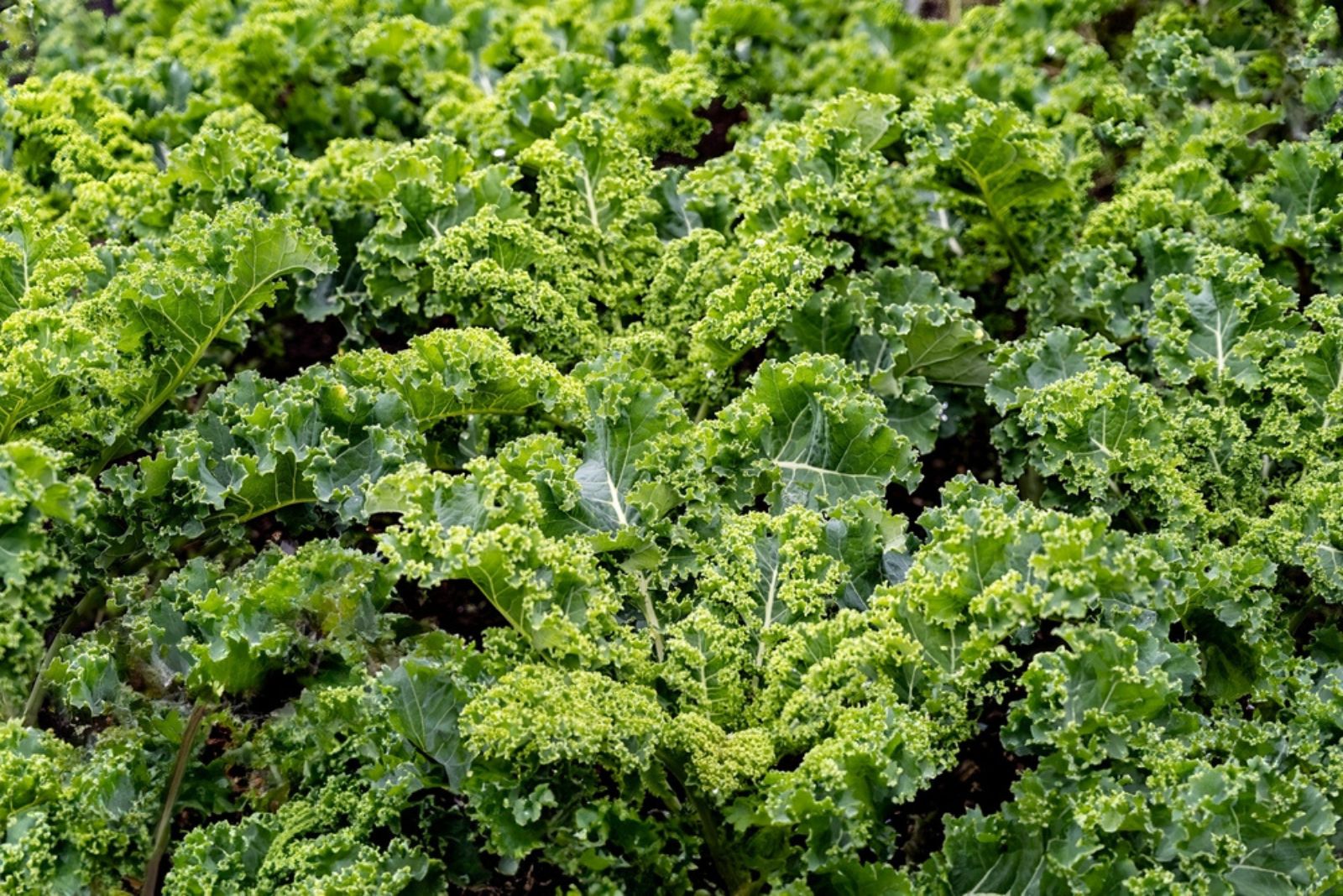
Kale is an easy, low-maintenance vegetable that germinates in 5-10 days and grows well in both cool and warm weather. It’s a cut-and-come-again crop, meaning you can harvest the outer leaves while the plant keeps producing for months. Perfect for beginners, kale thrives with minimal care and provides a steady supply of fresh greens throughout the season.
How To Plant Kale Seeds
To plant kale seeds, start by choosing a sunny or partially shaded spot with well-draining, nutrient-rich soil. Loosen the soil and mix in compost or fertilizer to encourage strong growth. Sow the seeds about ¼ to ½ inch deep, spacing them an inch apart in rows.
Keep the soil evenly moist until the seeds germinate, which usually takes 5-10 days. Once the seedlings grow 2-3 inches tall, thin them out so each plant has 8-12 inches of space to spread.
Regular watering and a layer of mulch will help retain moisture. Once the leaves are large enough, begin harvesting the outer leaves, allowing the plant to keep producing for months.
18. Spinach
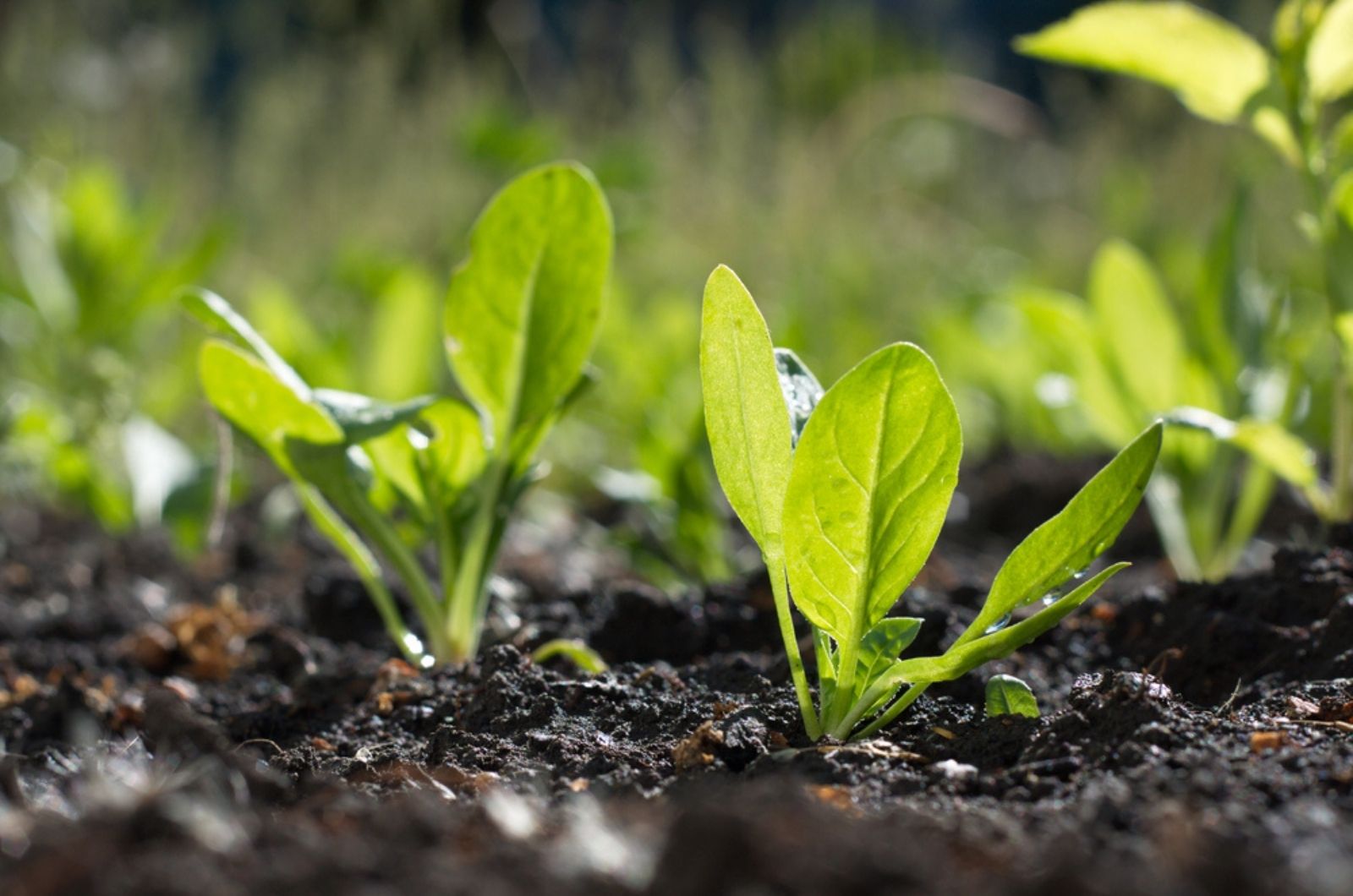
Spinach is a fast-growing, cool-season vegetable that germinates in as little as 5 to 10 days, making it one of the easiest greens to start from seed. It thrives in cool temperatures, meaning it grows best in early spring and fall before the heat of summer sets in. Unlike some leafy greens, spinach prefers consistent moisture and well-draining soil to produce tender, flavorful leaves.
One of the best things about spinach is its continuous harvest potential. By picking outer leaves regularly, the plant keeps producing new growth, allowing you to enjoy fresh greens for weeks. It’s also a great choice for small spaces or container gardening since it doesn’t need much room to grow.
How To Plant Spinach Seeds
To plant spinach seeds, choose a cool, partly shaded spot with loose, well-draining soil. Enrich the soil with compost to provide nutrients for healthy growth. Sow the seeds ½ inch deep and about an inch apart, keeping rows 12 inches apart to allow room for spreading. Water lightly but consistently to keep the soil moist but not waterlogged, as spinach prefers damp conditions for germination, which typically takes 5 to 10 days.
Once seedlings reach 2-3 inches tall, thin them out so each plant has 4-6 inches of space to grow properly. Regular watering and a layer of mulch will help retain moisture and prevent weeds. For a continuous harvest, pick outer leaves first, allowing the plant to keep producing new growth for several weeks.
19. Arugula
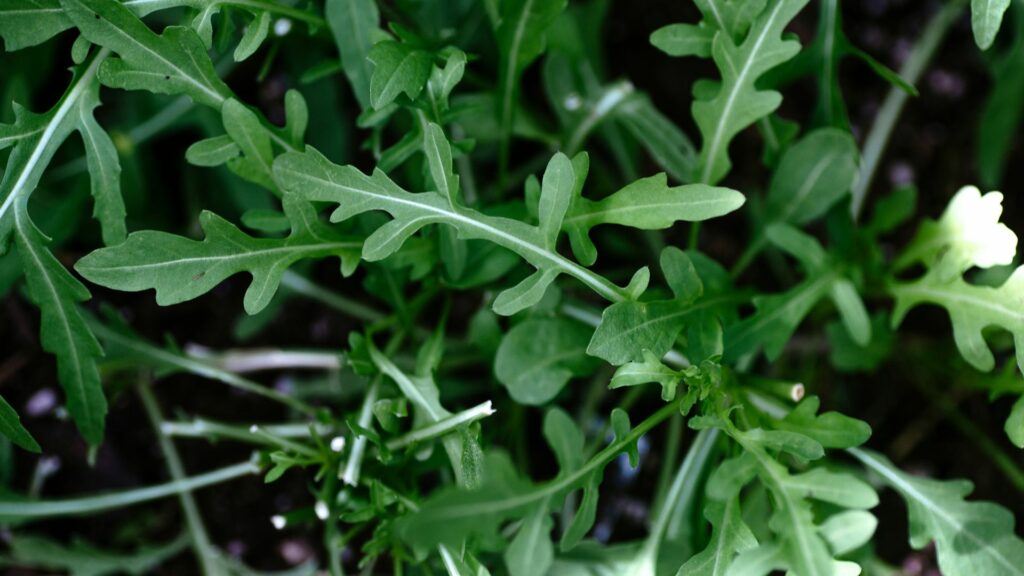
Want a leafy green with a bit of bite? Arugula brings a bold, peppery flavor that perks up any plate—and it’s one of the easiest greens to grow.
Perfect for early spring or fall gardens, this fast-growing crop thrives in cooler temperatures and can even be grown in containers if you’re short on space. Nutrient-dense and flavorful, arugula is packed with calcium, potassium, and folate, and its naturally occurring compounds have been linked to reduced inflammation and improved heart health.
It’s often tossed into salads, but don’t stop there—try it on pizzas, layered into sandwiches, or blended into a zippy pesto for a twist on the classic.
How To Plant Arugula Seeds
Arugula prefers direct sowing. Plant the seeds about 1/4 inch deep and 1 inch apart, with 10 to 12 inches between rows. Because it matures quickly, you can begin harvesting baby leaves in as little as three weeks.
To keep your harvest going, plant a new round of seeds every 2 to 3 weeks. If you’re growing it later in the season or in warmer weather, provide partial shade—arugula bolts quickly when temperatures climb, which can make the leaves taste bitter.
20. Bok Choy
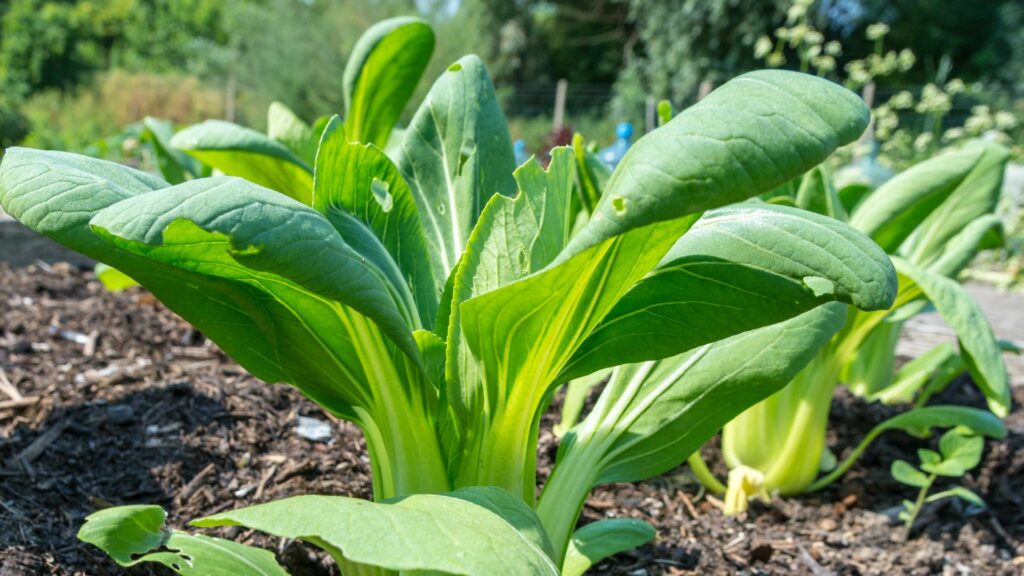
Bok choy, or Chinese cabbage, is a crisp, cool-weather crop with a mild flavor and a whole lot of versatility in the kitchen.
This leafy green is a favorite in Asian cuisine, but it’s just as at home in Western dishes, too. Both the tender leaves and juicy stems are edible, adding crunch and a subtle sweetness to soups, stir-fries, and even fresh salads.
Nutritionally, it’s no slouch—it’s rich in vitamin A, vitamin C, magnesium, and antioxidants that promote immune health and support healthy skin.
How To Plant Bok Choy Seeds
Start seeds indoors or directly in the garden about 2 to 4 weeks before your last frost date. Sow them 1/4 to 1/2 inch deep, spacing each plant 6 inches apart, and leave 18 inches between rows to give them room to grow.
Since bok choy prefers cool temperatures, avoid planting it during the peak of summer unless you’re gardening in a cooler region. Keep the soil evenly moist, and use mulch to help retain moisture and reduce weeds. If you’re looking for a quick win in the garden, bok choy delivers—most varieties are ready to harvest in just 45 to 60 days.
To Sum Up
Congratulations, you have reached the end of our easiest vegetables to grow from seed list!
You should definitely consider growing one of these 16 veggies if you are at the beginning of your gardening journey. If you have any doubts about gardening, just remember that you will save tons of money and have your own food that is fresh and delicious!
As well as that, there is something peaceful and satisfying about doing basic gardening tasks, and you will also be so proud of yourself once you harvest your first vegetable.
You got this, I believe in you!
Until next time!
Like this post? Share or pin it for later!
